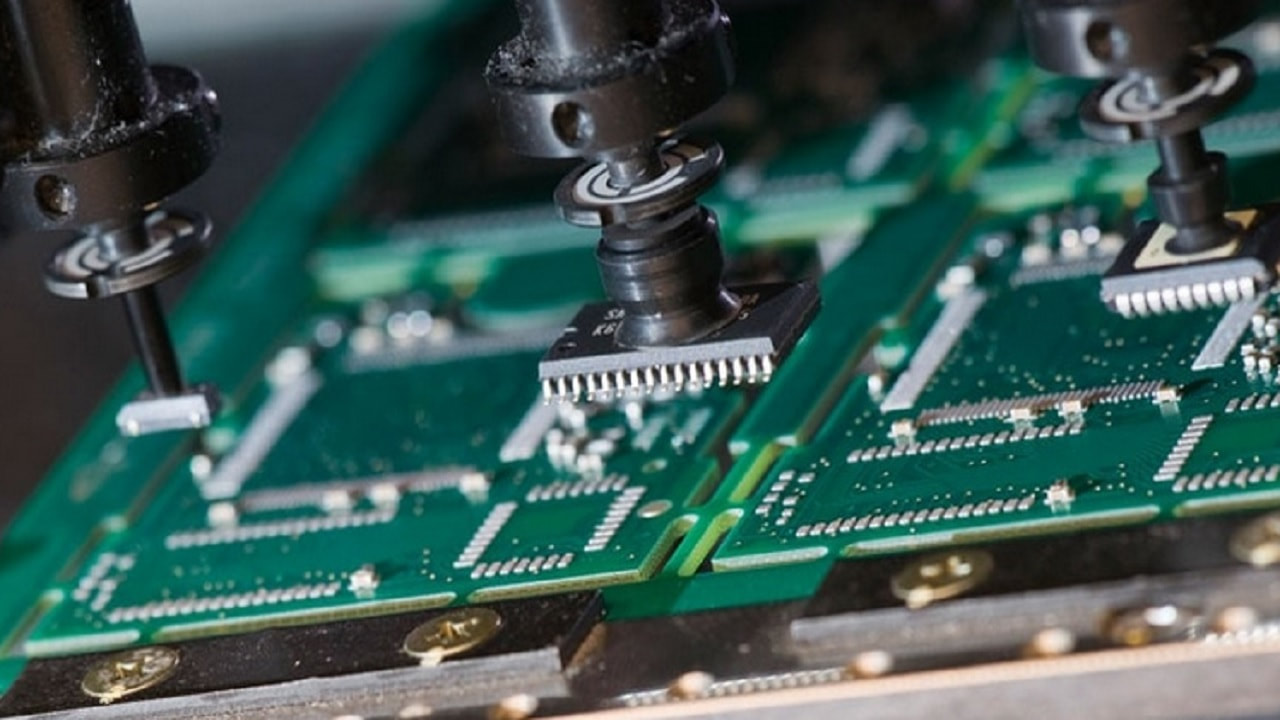PCB Layout Design Tips
Designing a printed circuit board (PCB) layout requires careful planning and attention to detail. Here are five design tips to consider when creating a PCB layout:
1. Component Placement: Proper component placement is crucial for optimizing the performance and manufacturability of a PCB. Consider the following guidelines:
- Group components based on their functions or signal paths to minimize trace lengths and reduce noise.
- Place high-speed components closer to each other to minimize trace lengths and reduce signal degradation.
- Ensure there is enough clearance between components to avoid interference and facilitate assembly and soldering processes.
- Follow recommended thermal guidelines, placing heat-generating components near heat sinks or areas with good airflow.

2. Trace Routing: Efficient trace routing improves signal integrity and reduces electromagnetic interference (EMI). Keep the following principles in mind:
- Use wider traces for high-current paths to minimize resistance and voltage drops.
- Separate high-speed and low-speed signal traces to avoid signal crosstalk
- Maintain consistent trace widths and avoid abrupt changes to minimize signal reflections
- Use differential pair routing for high-speed signals to maintain signal integrity and minimize noise
- Keep traces as short and direct as possible to reduce transmission line effects and signal delays
3. Ground and Power Planes: Proper grounding and power distribution are critical for reducing noise and providing stable power to components. Consider these recommendations:
- Use a solid ground plane to provide a low-impedance return path for signals and reduce EMI.
- Separate analog and digital ground planes to prevent noise coupling.
- Place decoupling capacitors near power pins of ICs to reduce noise and stabilize the power supply.
- Use power planes or power polygons to distribute power evenly and minimize voltage drops.
- Avoid routing signal traces over split planes or gaps to maintain ground and power integrity.
4. Design for Manufacturing (DFM) Considerations: Designing a PCB that is manufacturable and cost-effective is important. Take these factors into account:
- Follow the manufacturer’s DFM guidelines, including minimum trace widths, spacing, and via sizes.
- Avoid complex or costly PCB features unless necessary, such as blind/buried vias or microvias.
- Ensure components are placed within the manufacturing tolerances to prevent assembly issues.
- Minimize the number of vias and use them strategically to reduce manufacturing complexity.
- Consider the PCB assembly process, including soldering, and ensure components are easily accessible.
5. Design for Testability (DFT): DFT considerations can simplify testing and debugging processes during manufacturing and maintenance. Here are some tips:
- Add test points or test pads at critical nodes to facilitate testing and probing.
- Use built-in self-test (BIST) techniques or boundary scan architectures when applicable.
- Label components, connectors, and test points clearly to aid in troubleshooting and repair.
- Incorporate built-in programming or debugging interfaces, such as JTAG or SWD headers.
- Consider the accessibility of test points and connectors when designing the PCB enclosure.
Remember, these tips are meant as general guidelines, and specific design requirements may vary depending on the application and project constraints. Always consult design guidelines provided by your PCB manufacturer and consider utilizing PCB design software tools to assist in the layout process.
Epsilon Electronics’ PCB Design to Hardware Manufacturing capabilities will help you to overcome the challenges of complex electronics Manufacturing.
Reach out to Epsilon Electronics for PCB Design, PCB Assembly, PCB Turnkey Project Requirements.
Contact Info
Email: info@epsilonelectronics.in
Web: www.epsilonelectronics.in
Contact No: 079-4800 2842, +91 9879 62 6181
